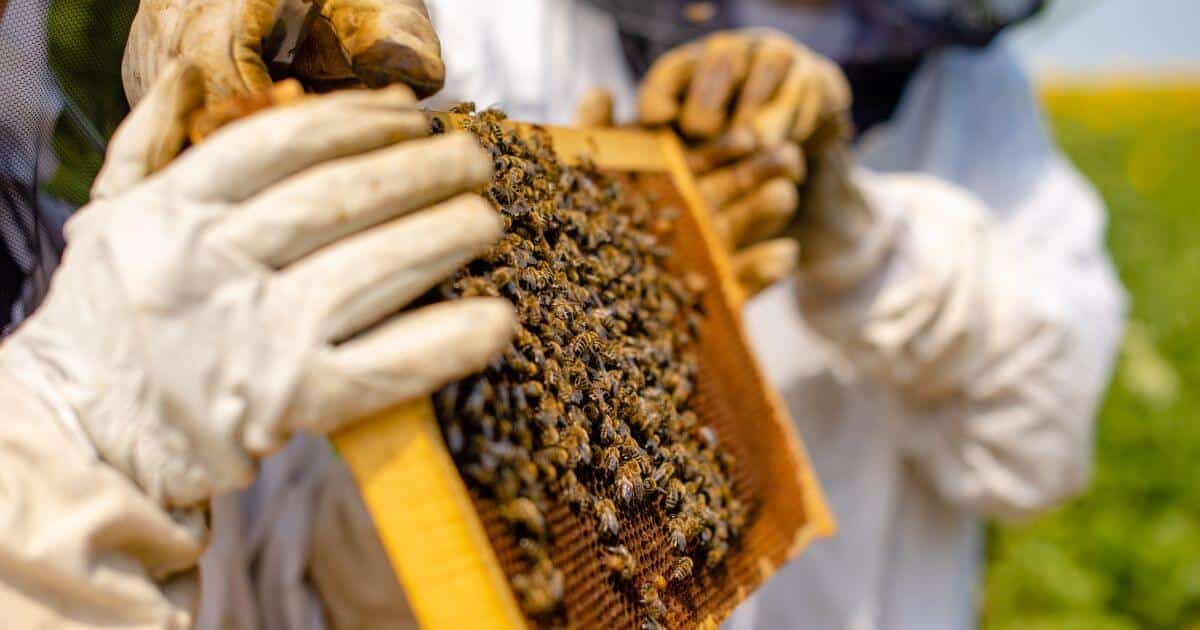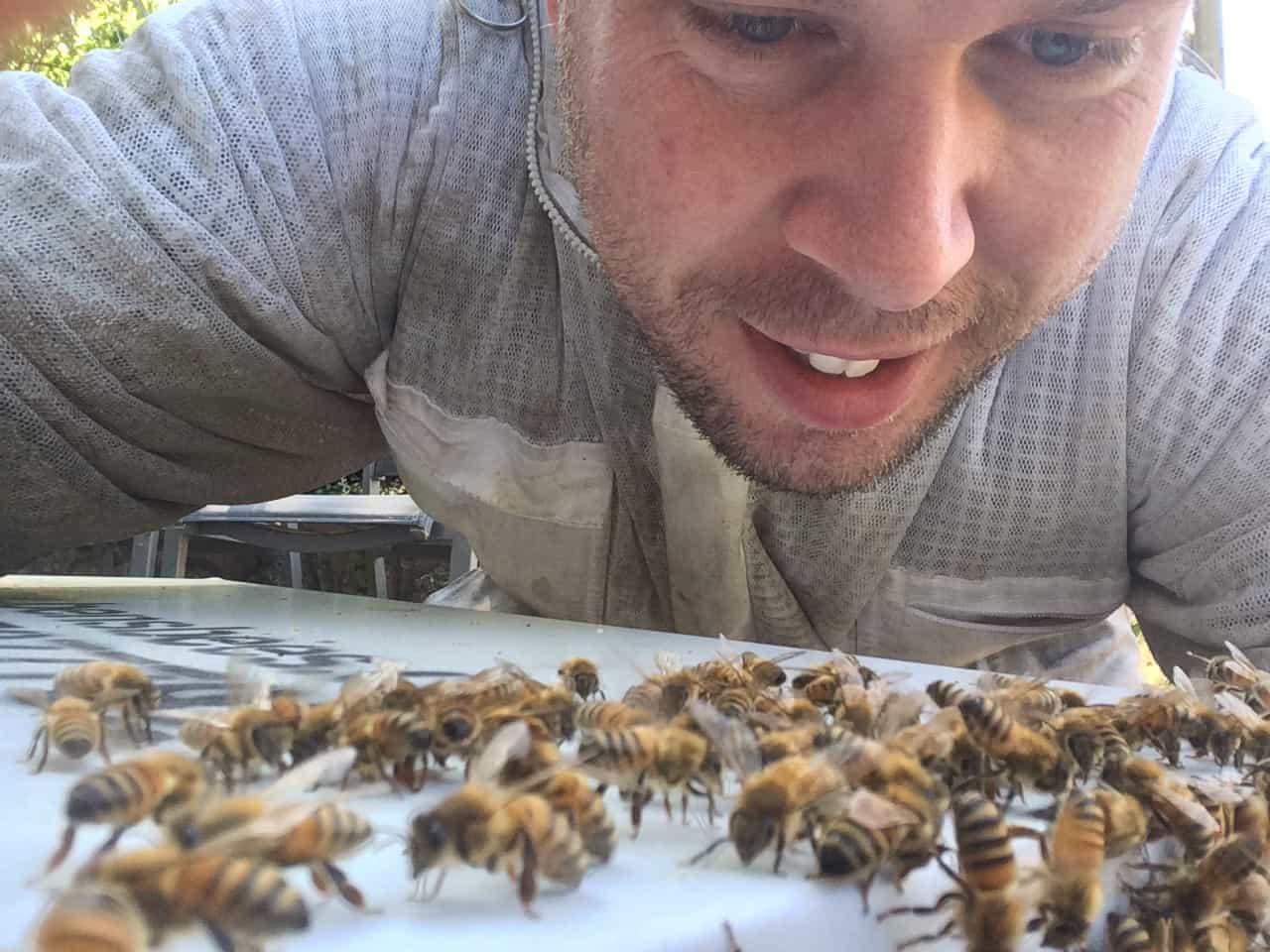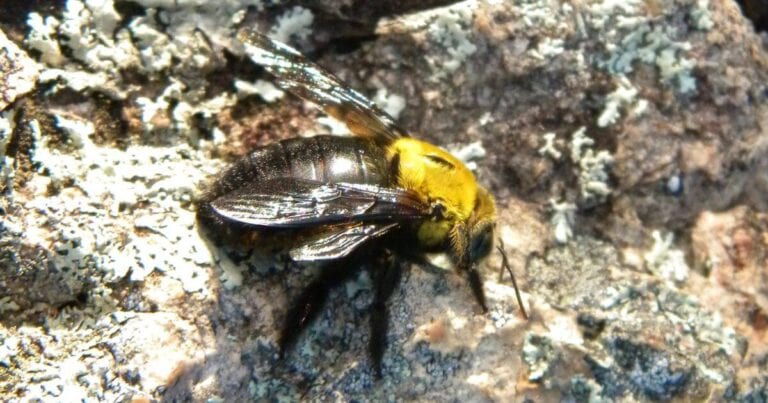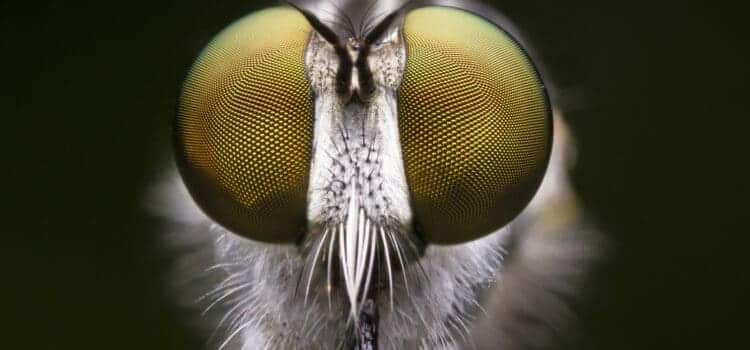The Beekeeping Industry In Australia
The European honey bee (Apis mellifera) was first introduced into Australia in the early 1820s and rapidly became firmly established. Today, honey bees contribute an astonishing $4-6 billion to our economy every year.

Beekeeping has become hugely successful in this country because of the extensive native vegetation (including a variety of eucalypts and other endemic flora) that constitutes a bountiful source of pollen and nectar.
This is coupled with ideal climatic conditions and the reliance upon honey bees to pollinate an array of commercial crops. There are about 12,000 registered Australian beekeepers, responsible for a total of between 500,000 and 670,000 hives. The popularity of beekeeping as a hobby or part-time activity is illustrated by the fact that nearly 90% have less than 50 hives.
Most commercial hives are regularly moved to coincide with floral blooms in different areas, or for pollination contracts. Each hive produces about 36 kilograms of excess honey annually, and the industry as a whole produces 20,000 to 30,000 tonnes of honey every year. This fluctuates dependent on weather conditions and other natural phenomena such as bushfire and flood.
A substantial amount of the honey produced in Australia is ultimately destined for export. Approximately 1.7 million tonnes of honey is produced worldwide on an annual basis, with China, Russia, Turkey, Mexico, India, Argentina, Ethiopia and New Zealand amongst the major producers.
Australia rates close to if not amongst the top ten. Along with associated products including beeswax, propolis and the revenue generated by pollination services, the Australian beekeeping industry is estimated to have a gross value of production of $90 million per year.
This pales in comparison, however, with the value of crops dependent on honey bees for pollination. It has been estimated that one in every three mouthfuls of food that we consume results from pollination by honey bees, and that consequently, approximately 65% of our agricultural produce is dependent upon honey bees.
A diverse range of crops, such as almonds, apples, pears, avocados, blueberries, cherries, cucumbers, pumpkins and canola seed, rely entirely on honey bees. For many others, pollination by honey bees results in enhanced seed or fruit set, better shape or storage properties or more even maturation. Many beekeepers offer pollination services, however wild European honey bees nevertheless continue to be responsible for a major proportion of agricultural pollination.
The importance of the honey bee to agricultural and horticultural industries in Australia cannot be understated, and for this reason alone, it is imperative that every effort is made to exclude potentially devastating exotic pests, such as the Varroa mite(Varroa destructor), from this country.




